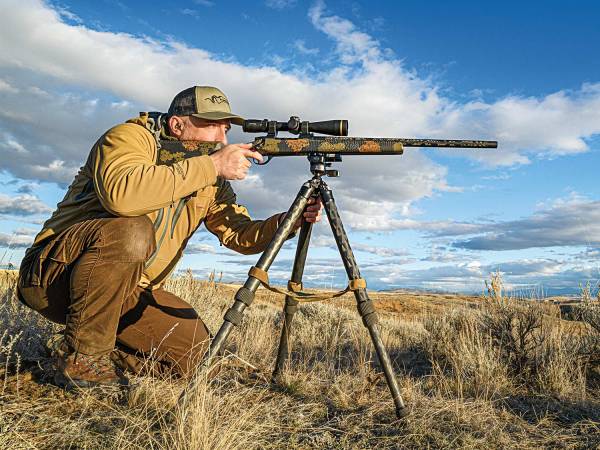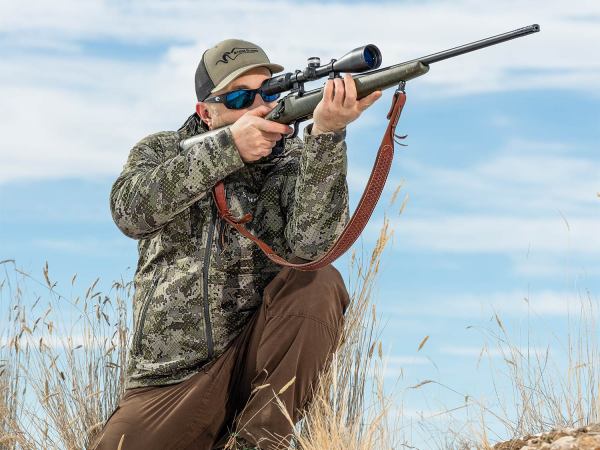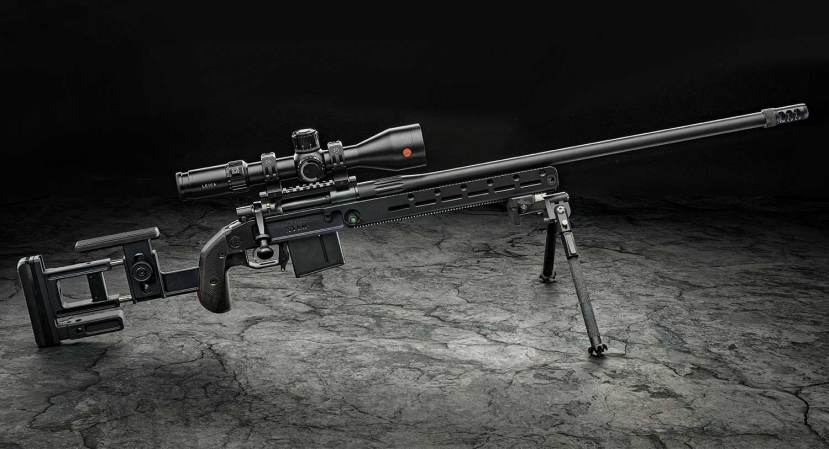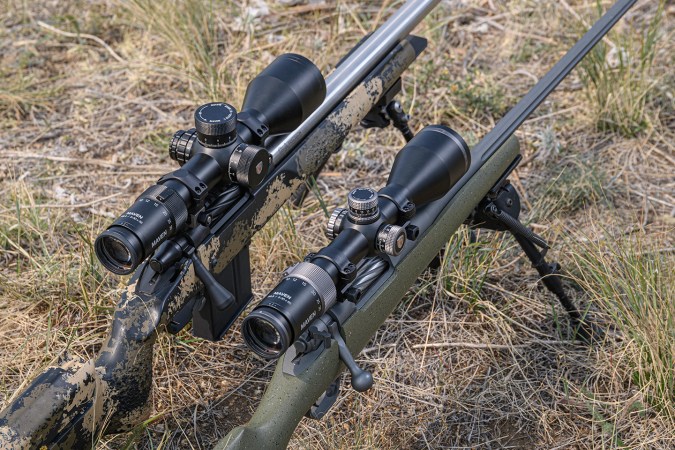We may earn revenue from the products available on this page and participate in affiliate programs. Learn More ›
Tales of the one that got away are a staple of deer-camp lore. We like to think that in those instances that the heavy-horned buck outwitted us, but I know from experience that most of the time the blame can be laid at the feet of the hunter him- or herself.
Pretty much every hunter I know makes some effort to prepare their rifle and other gear before opening day. But how many of them have actually taken time to prepare themselves for the hunt? I’m not talking about getting in physical shape—which is, of course, a good thing to do—but rather mental shape, which is arguably more important and, sadly, even less likely to have occurred.
You might recognize some of the errors in this checklist. Perhaps you’ve committed some of them in the heat of the moment—I certainly have—or have witnessed a buddy flub a good opportunity due to a mental hiccup. But with a little practice, you can avoid these missteps and when the moment arrives be the deer-camp hero and not the zero.

Crank Up Your Scope Power
This is a biggie. Hunters, especially new hunters, reflexively crank up their variable power scopes to the max setting. The logic being if a little magnification is a good thing, then more must be better. When more of the animal fills the field of view it creates a false sense of precision when, in fact, the shooter has gained nothing in terms of accuracy and has sacrificed much in the process.
Even in the open country, I keep my scope set somewhere between 2.5X and 4X. If I need more magnification for a longer shot, there’s always time to dial up. In contrast, should an animal pop up close at hand, the lower your magnification, the better.
A lower power setting has a lot of advantages. One, you have a broader field of view, so finding the animal in the scope is easier. You’re much more likely to reacquire the animal after the shot so you can see where it goes to recover it or make a follow-up shot if needed.
A scope at lower power also has a bigger exit pupil, which makes staying on target easier and can work to your advantage in low light. It also reduces the perceived wobble of the reticle, which can be distracting for shooters and lead to a bad shot.
Not Run the Bolt Right Away
This is a fundamental error that many hunters make. Right after the shot they lower the rifle and look downrange. This wastes time at a moment where every second counts, and also robs the hunter of the advantage conferred by looking through a scope.
Instead, you should keep the gun firmly in your shoulder, stay in the scope, and run the bolt immediately after the shot.
This is an easy habit to learn. Set up an 8- to 12-inch target at 75 to 100 yards and shoot twice offhand. Make sure you run the bolt with authority after each shot and hold the rifle firmly enough so that it doesn’t slip off your shoulder and so you can maintain your cheek weld.
Another tip that goes along with this is that if the animal provides you with a second (or even third) shot—take it. Terminal ballistics are tricky, and first-round hits that appear to be a sure thing can lead to lost animals. This is particularly the case if you see an animal drop like it was pole-axed. Animals that react to the hit this way are often just stunned. It can be an indication of an impact near the spinal cord—a momentary knock-out that looks like a fatal hit but really isn’t. I watched a guy lose a whopper mule deer because he failed to chamber a round after the shot, and we spent two fruitless days trying to track down the wounded buck.

Forget Marksmanship Fundamentals
You know the saying, “It’s the little things in life that count”? Well, those words apply to shooting as well. Building a solid shooting position and exercising proper breath control, trigger control, and follow-through are the basic building blocks of any good shot.
The best way to practice all these is through dry-fire at home. As always, remove all ammo from the room where you plan to dry fire and triple-check the firearm to make sure it is empty through visual and tactile inspection. (A tactile inspection is just a fancy way to say that you should stick your pinky into the action and feel that the chamber is empty.)
Good breath control means that you’re breathing comfortably and naturally prior to the shot; then, before pressing the trigger exhale. This state where you’ve emptied your lungs is known as the natural respiratory pause. Once there, you’ve got about eight seconds to trip the trigger. If you’re holding your breath for longer than that, your visual acuity will start to deteriorate and your body will begin to experience small muscle tremors. If you’ve crossed that eight-second threshold, take a couple more breaths and start again.
Read Next: How Accurate Is Your Hunting Rifle, Really? The Case for 3- or 5-Shot Groups
Trigger control is easy to describe, yet hard to master. You want the tip of your trigger finger flat across the face of the trigger at a 90-degree angle and, during the trigger press, you want the finger to come straight back. What you want to avoid is putting any pressure on the trigger that pushes it to the side. Most people don’t realize this, but if you pinch your trigger between your thumb and index finger and give it a shake it wiggles like a loose tooth. Any lateral pressure placed on the trigger during the shot will disturb the internal mechanics and degrade accuracy.
Follow-through just requires keeping the trigger pressed to the rear and keeping your body still during and after the shot. When does it make sense to break the position? Once you’ve spotted either your hit or miss through the scope or when the recoil impulse is complete. At that point, you can take your finger off the trigger and run the bolt. What you want to avoid is bouncing your finger off the trigger right after the shot. You can spot this error easily by while shooting with a partner. Take turns focusing on the trigger finger of whoever is shooting. If the finger instantly flicks off the trigger, then the person isn’t following through. This is also a great way to diagnose flinching and other problems. In the worst cases, you’ll see shooters who close their eyes as they shoot. Which, as I shouldn’t have to point out, is never a good thing.





















